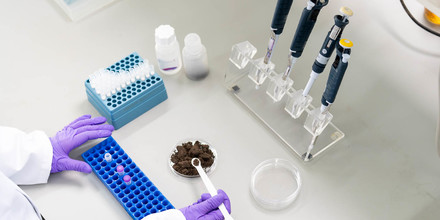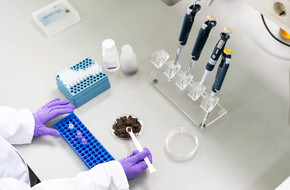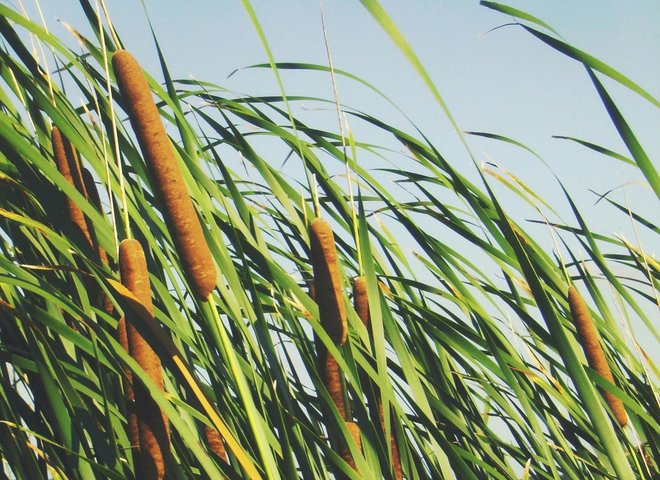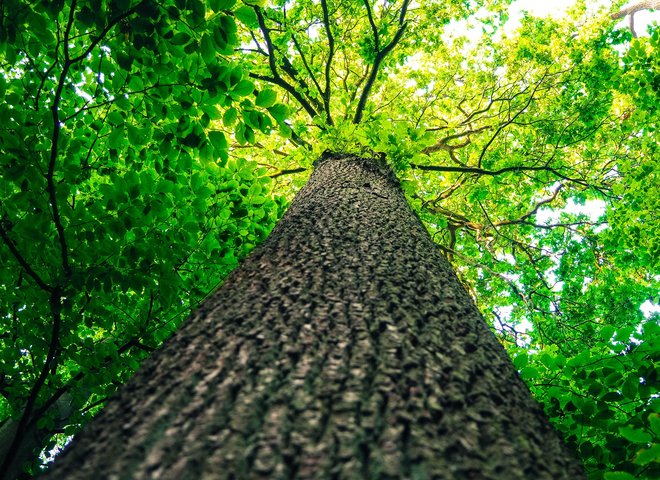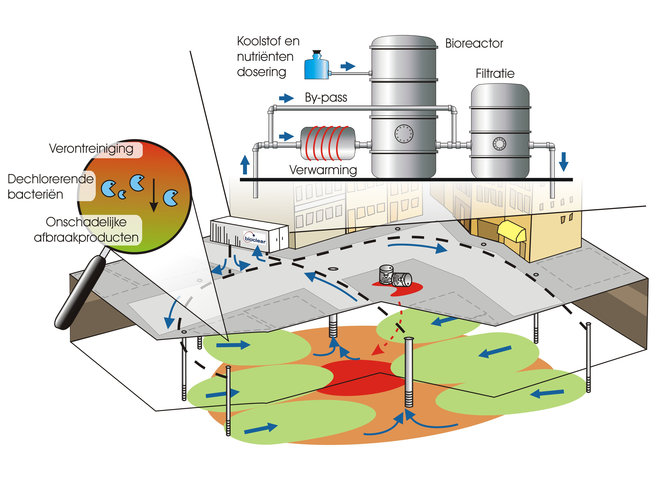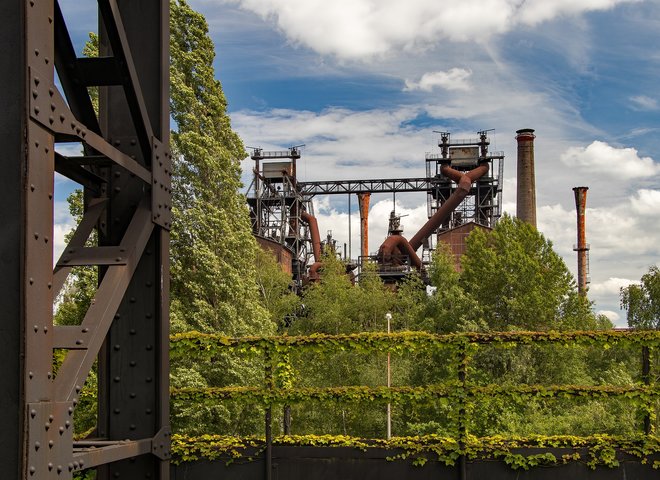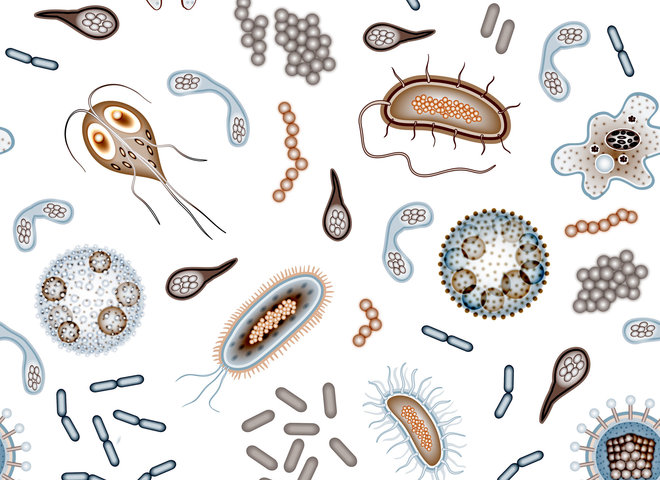Biosparging
When an area is contaminated with mineral oil or aromatic compounds, like for instance benzene, toluene, ethylbenzene, xylene and naphthalene (BTEXN), these pollutants can be removed via a biological approach we call biosparging.
We make clever use of nature’s resourcefulness by putting aerobic bacteria that can break down mineral oils and BTEXN to work. However, the deeper layers of the soil and groundwater are mostly anaerobic. To accommodate the bacteria of oxygen we therefore inject this into the soil and groundwater with injection filters. This direct supply of oxygen to the bacteria enhances their degradation capacity of the minerals oils and BTEXN.
Biosparging is more effective, sustainable and cheaper
This technique is suitable for on site (in situ) remediation of both soil and groundwater and is the best option for mineral oil removal there is. Even large amounts of mineral oil can be removed with this method (up to ten thousands of mg kg-1 TDS).
The time a remediation project takes varies from one to several years and greatly depends on concentrations, the type of contaminants present and the extent to which the soil can be aerated. After remediation of mineral oil there is usually some residual contamination, this consist of the immobile heavier oil fractions with no risk of diffusion. In comparison to physical in situ techniques the amount of residual contaminants is much smaller, since these physical methods predominantly target the volatile and/or soluble fraction of the oil. In contrast the biological method also successfully removes heavier, less mobile fractions. Hence, the biosparging technique is more effective, sustainable and even cheaper.




